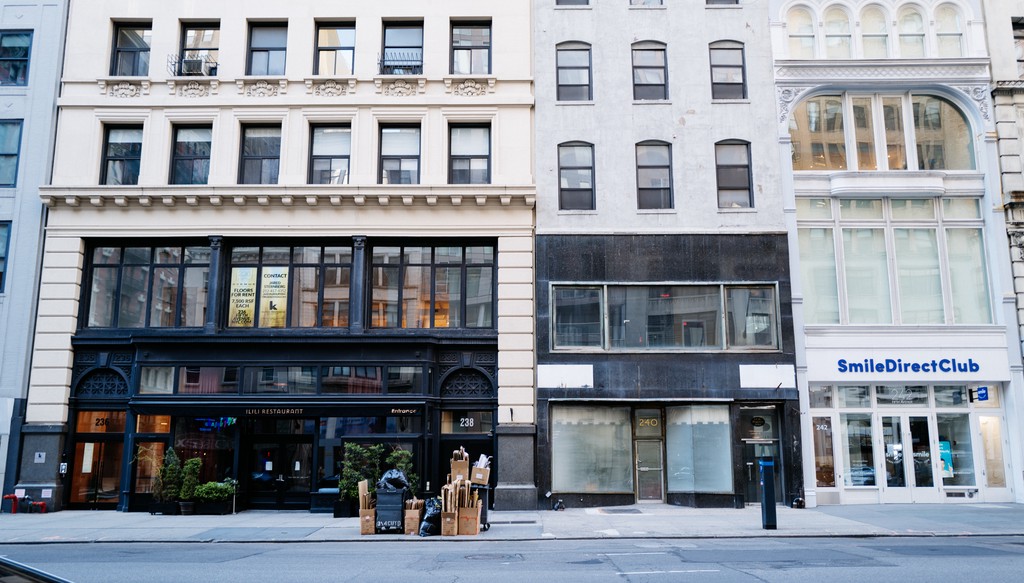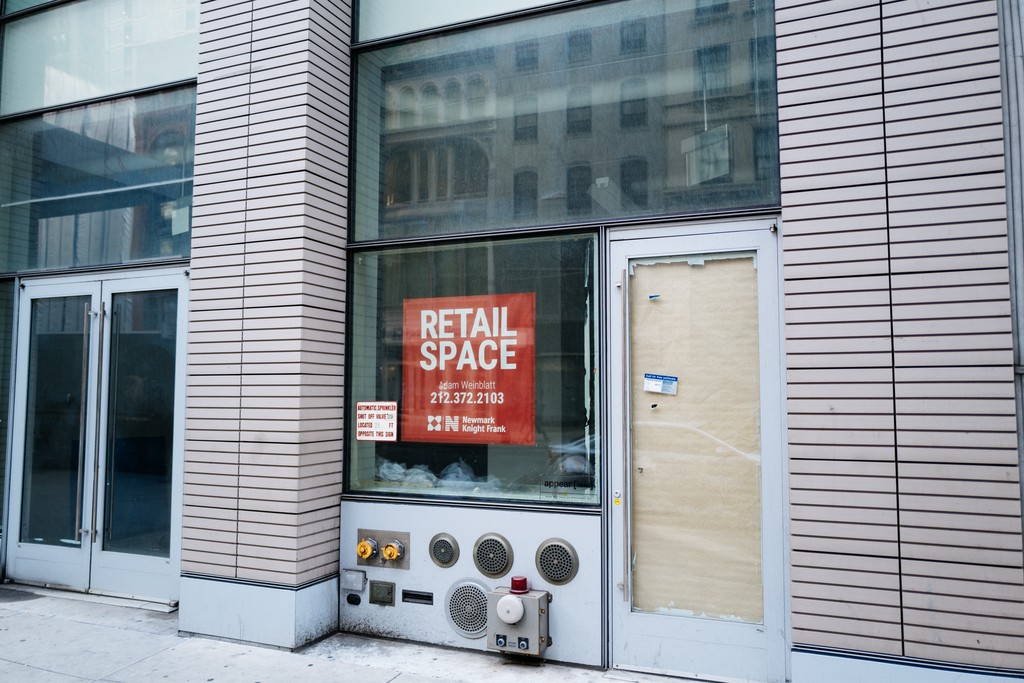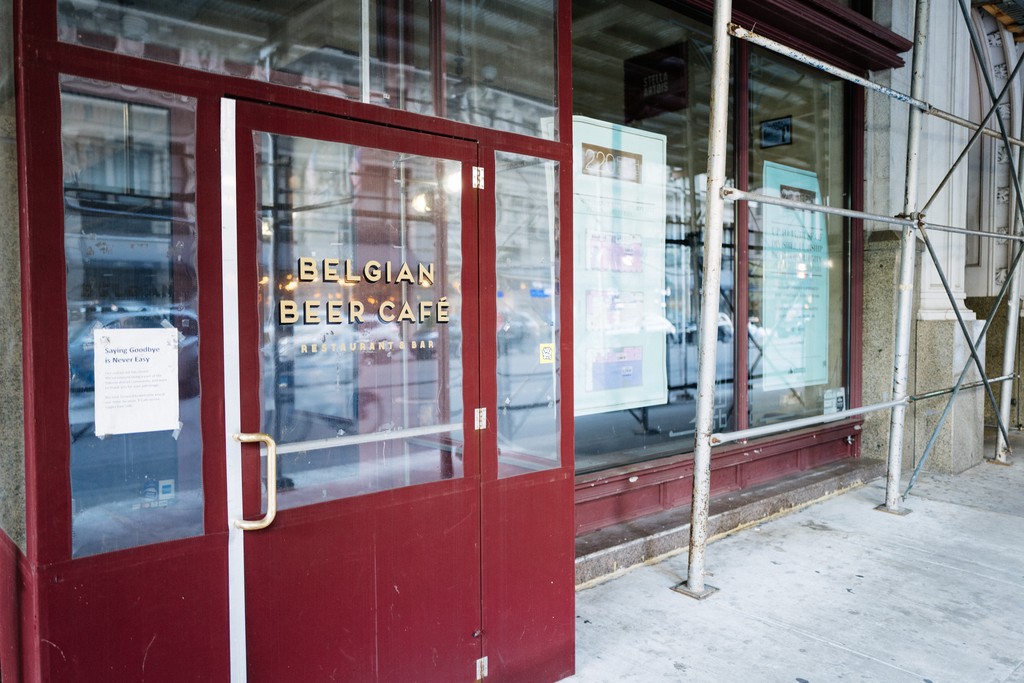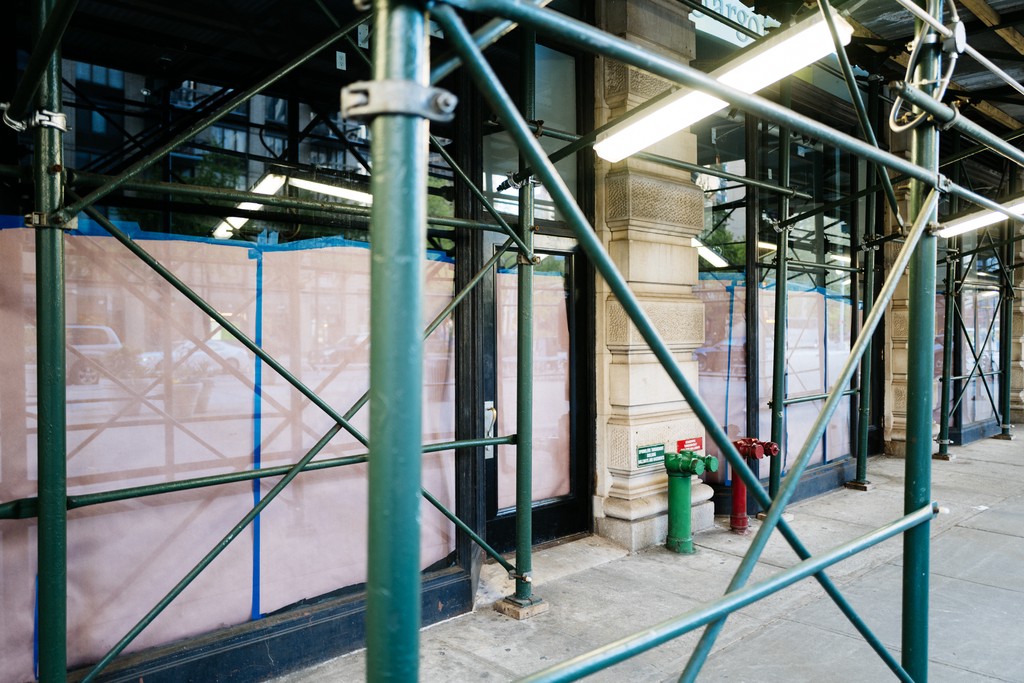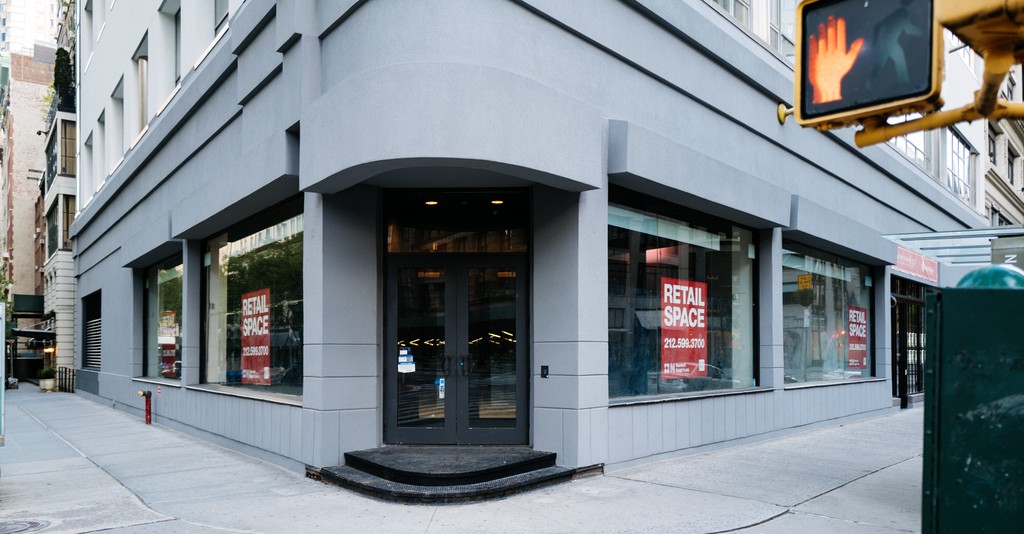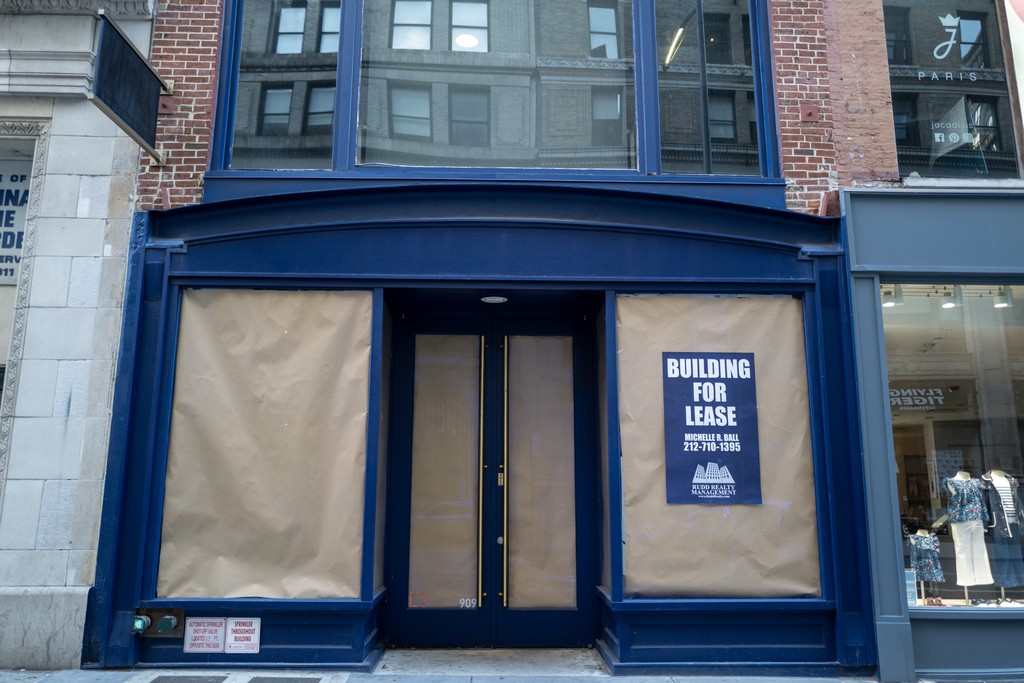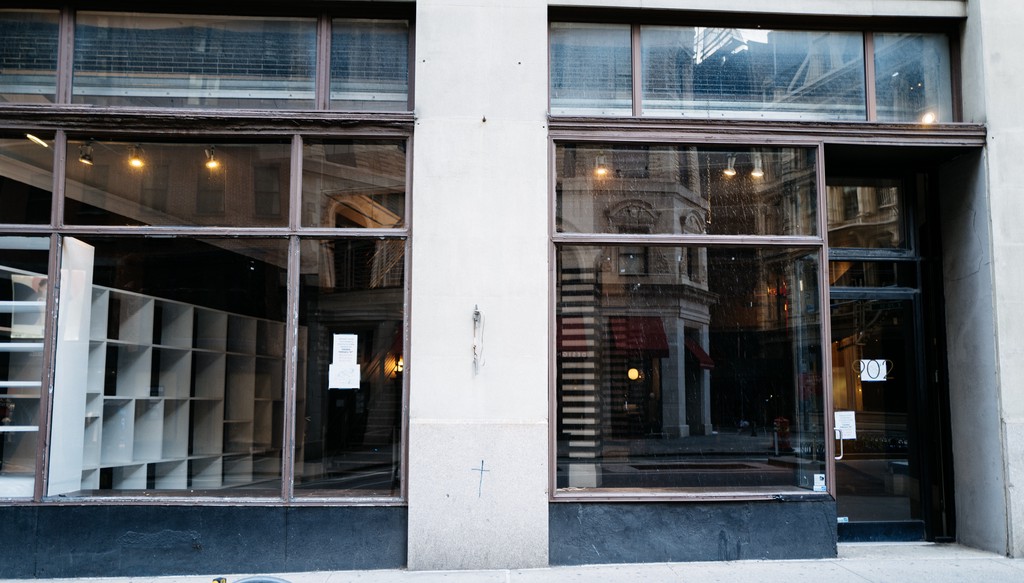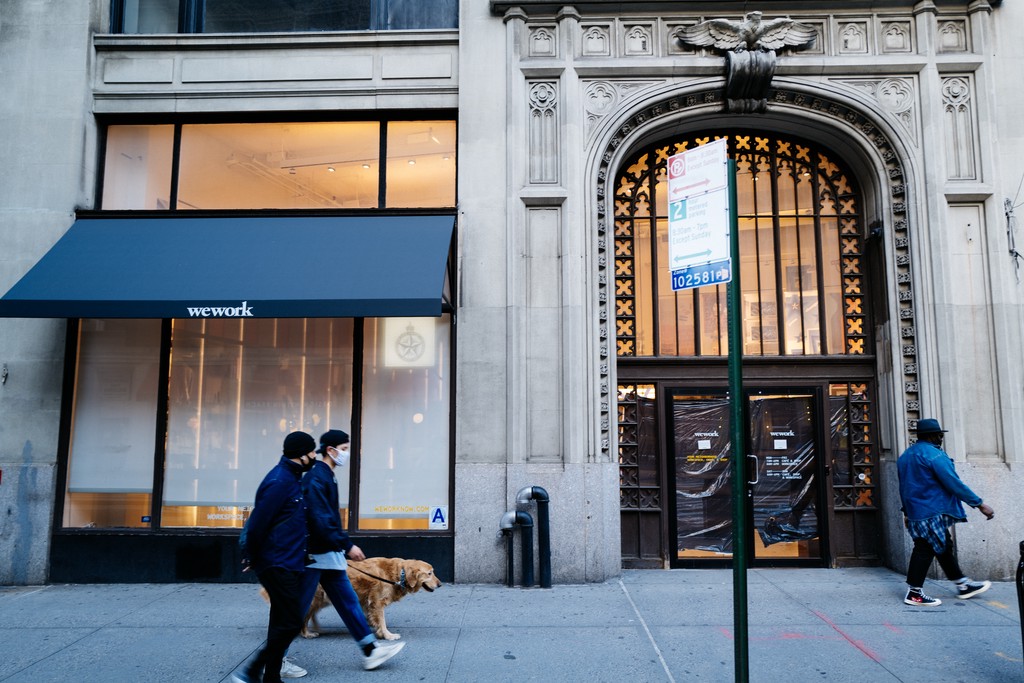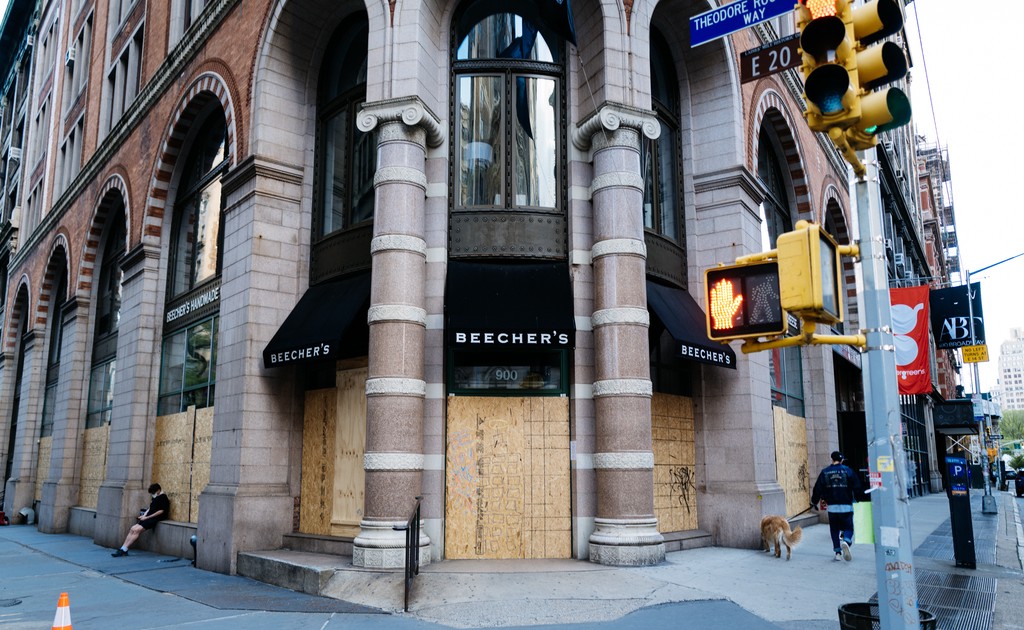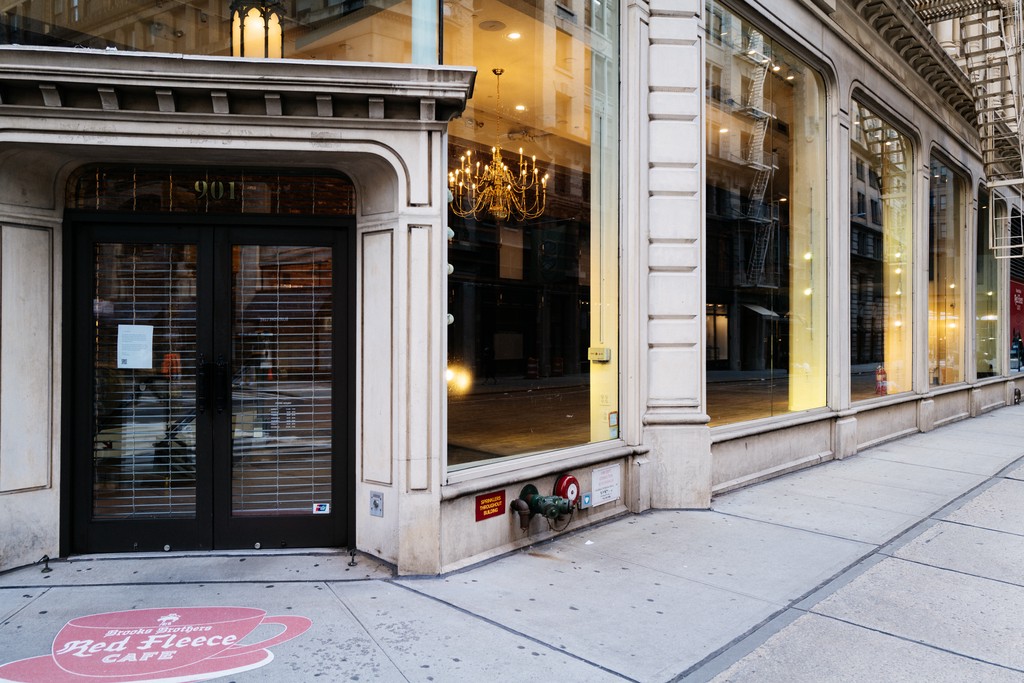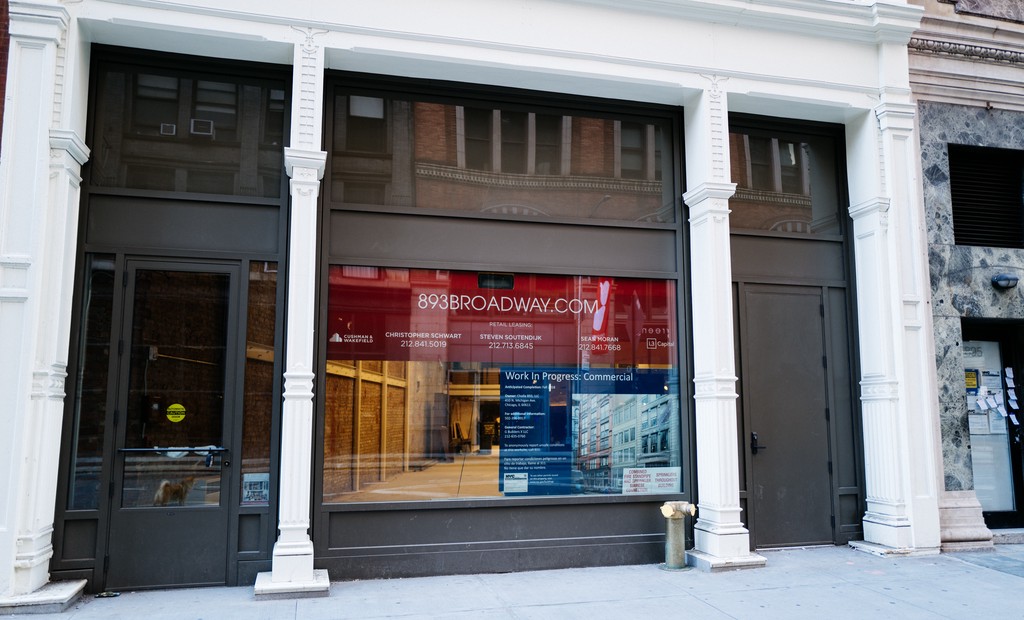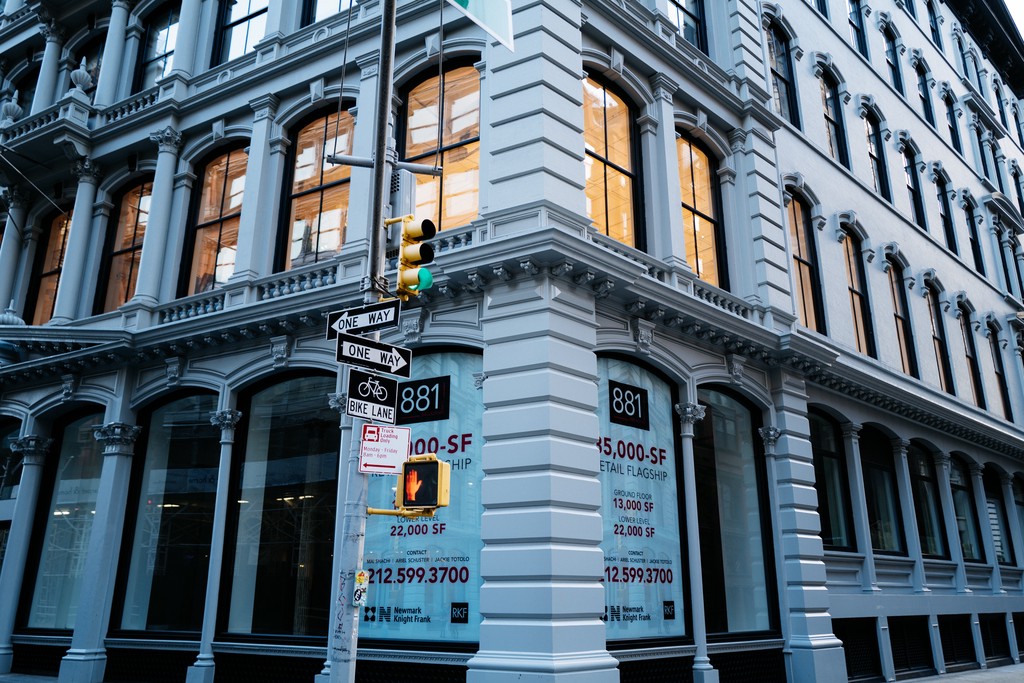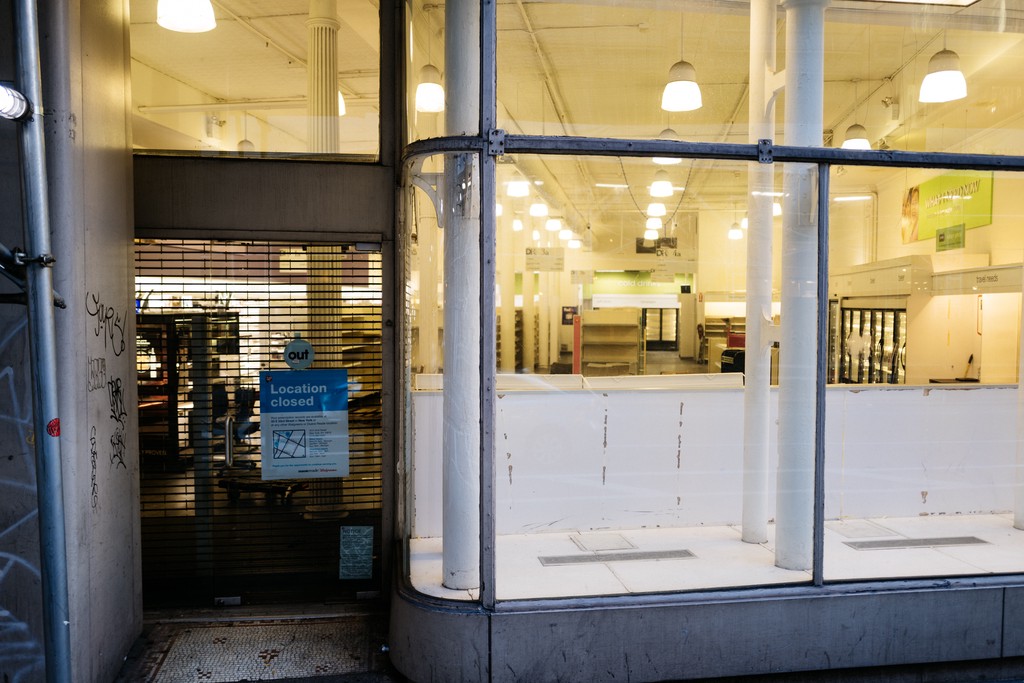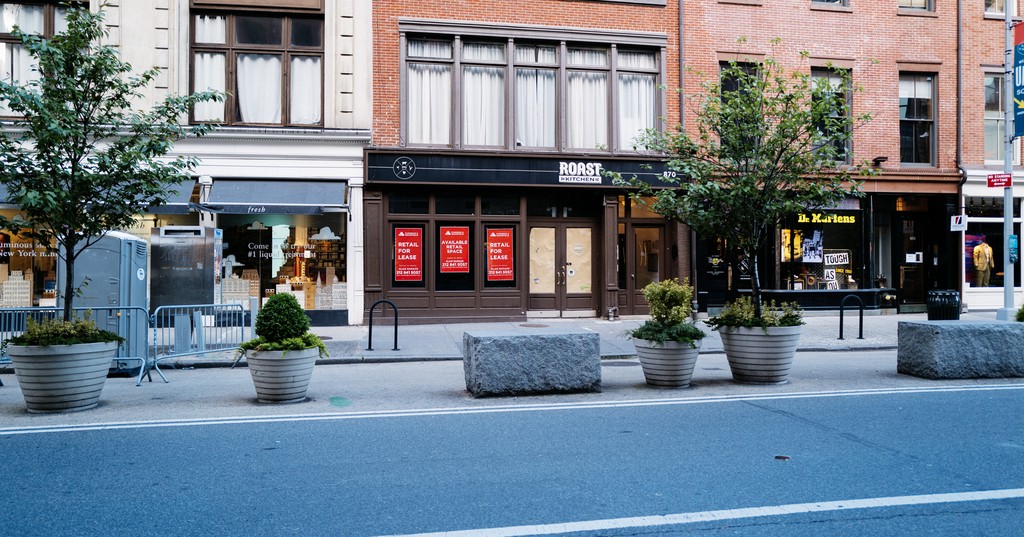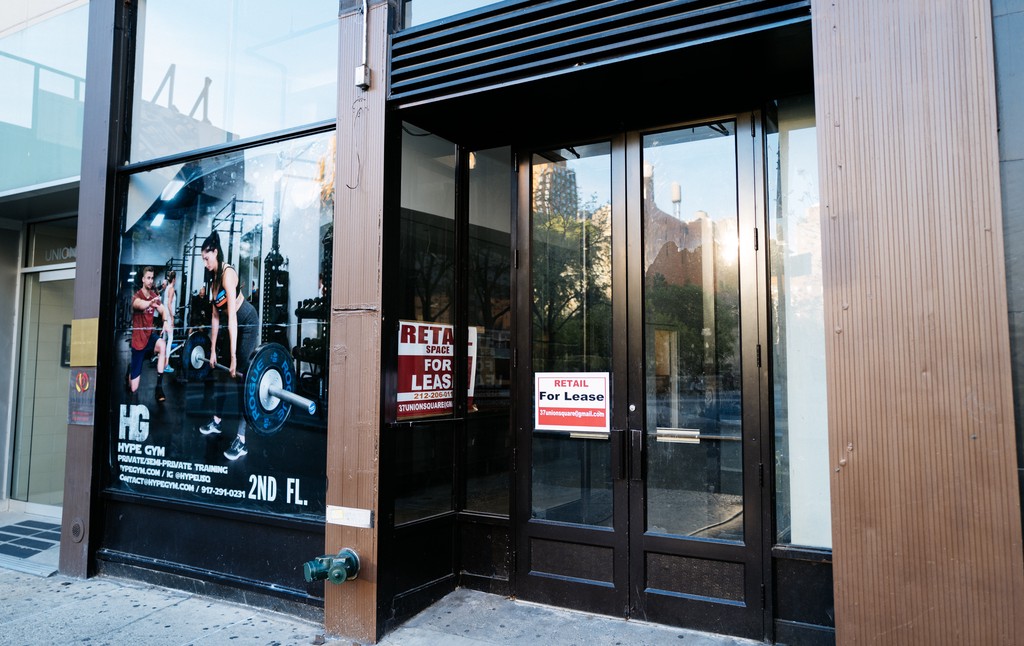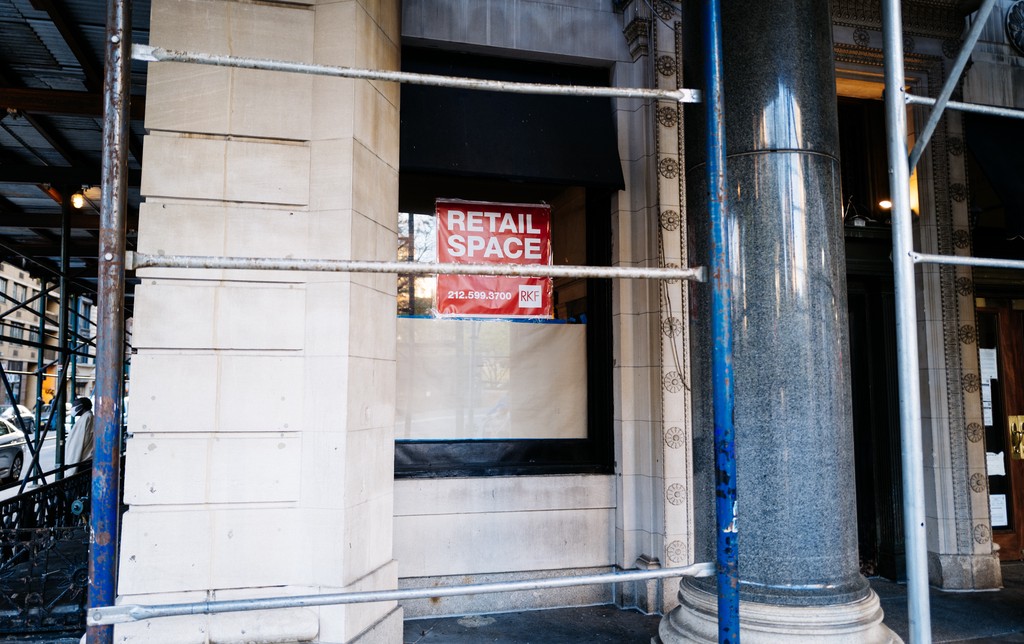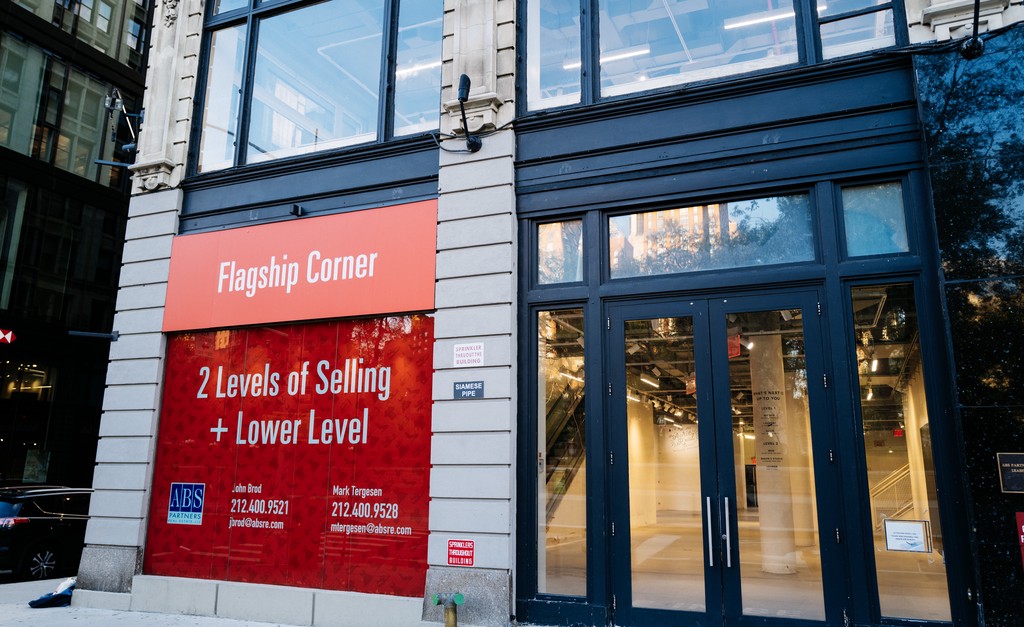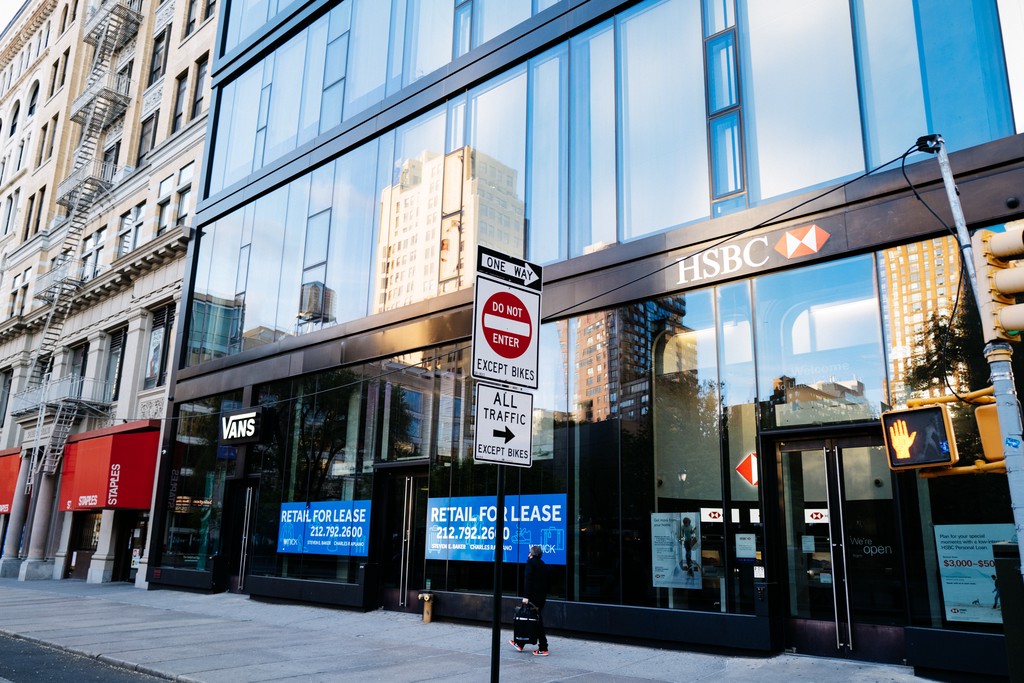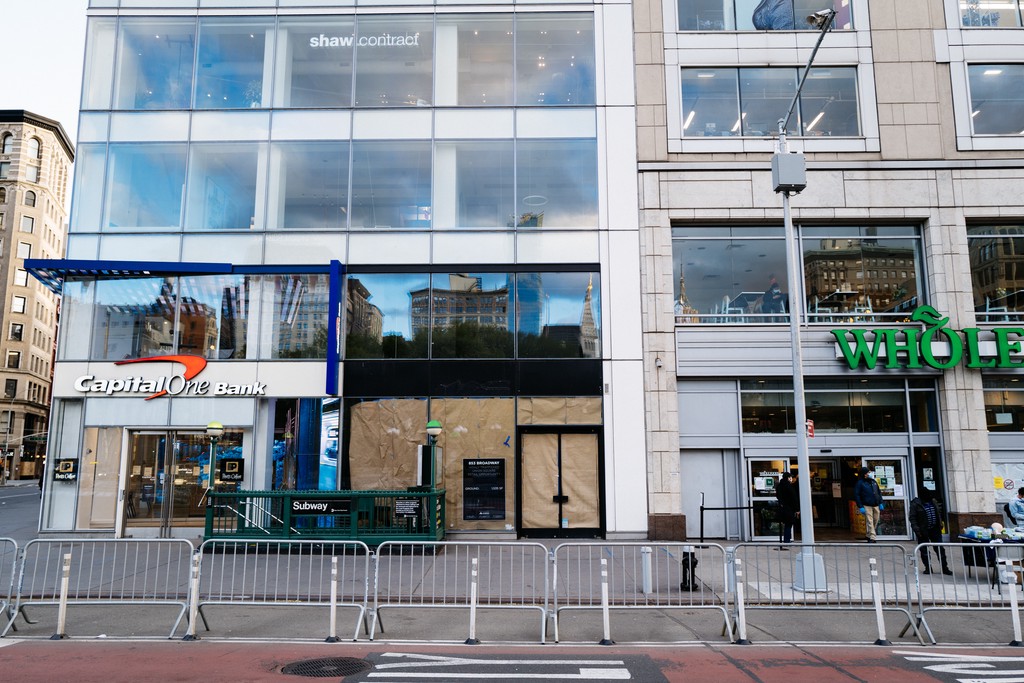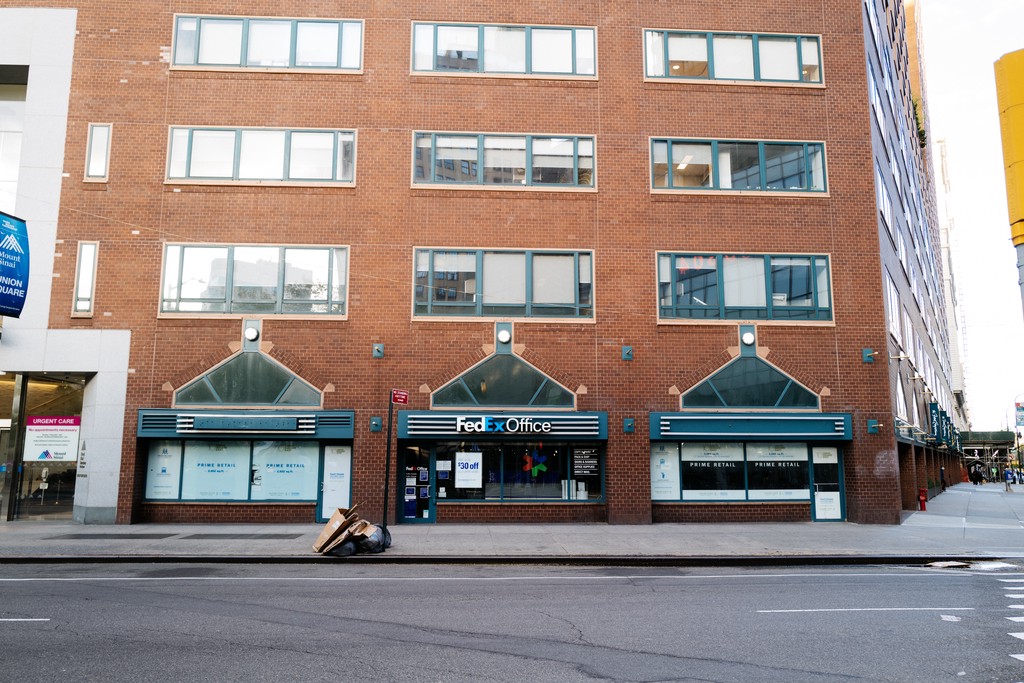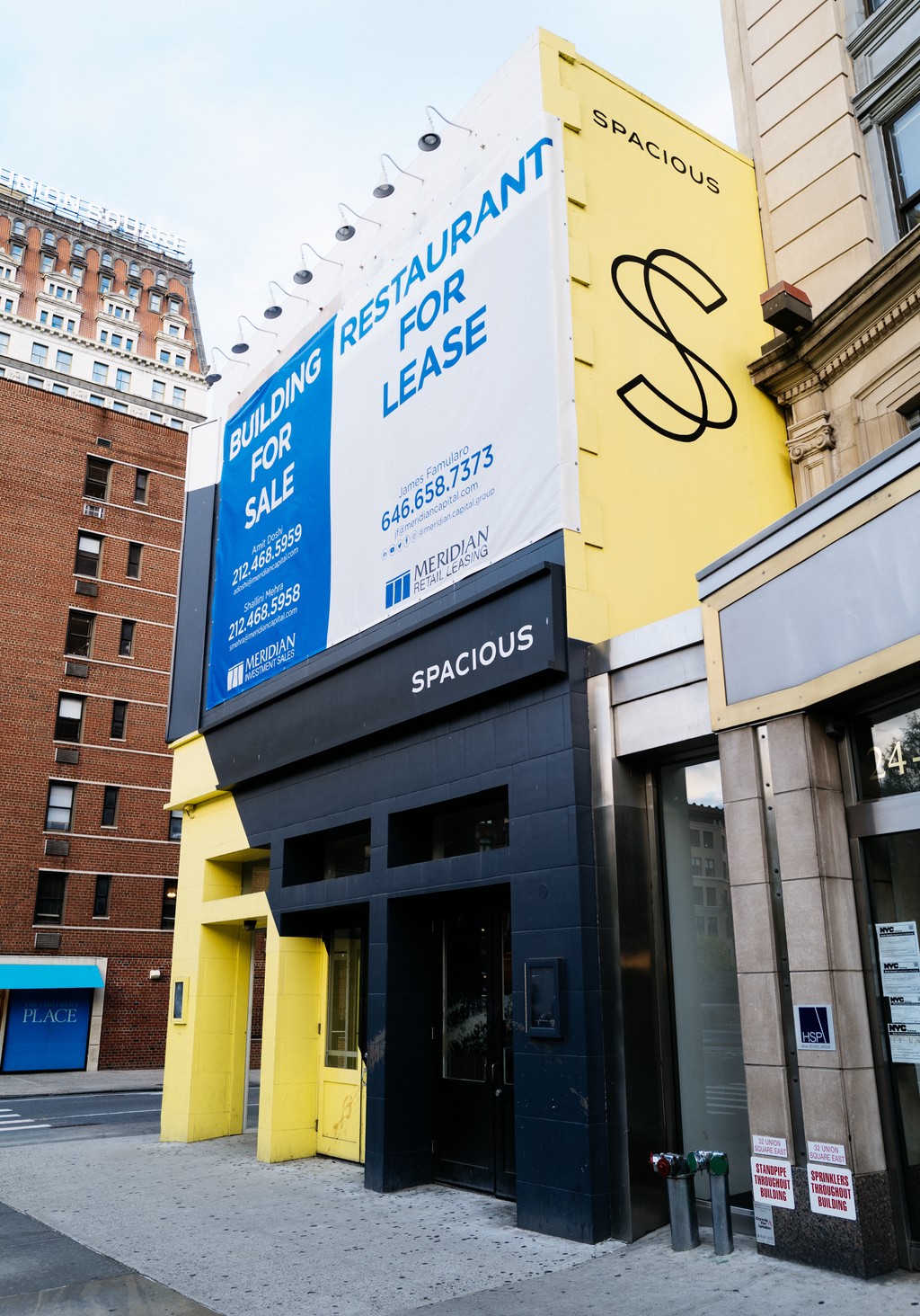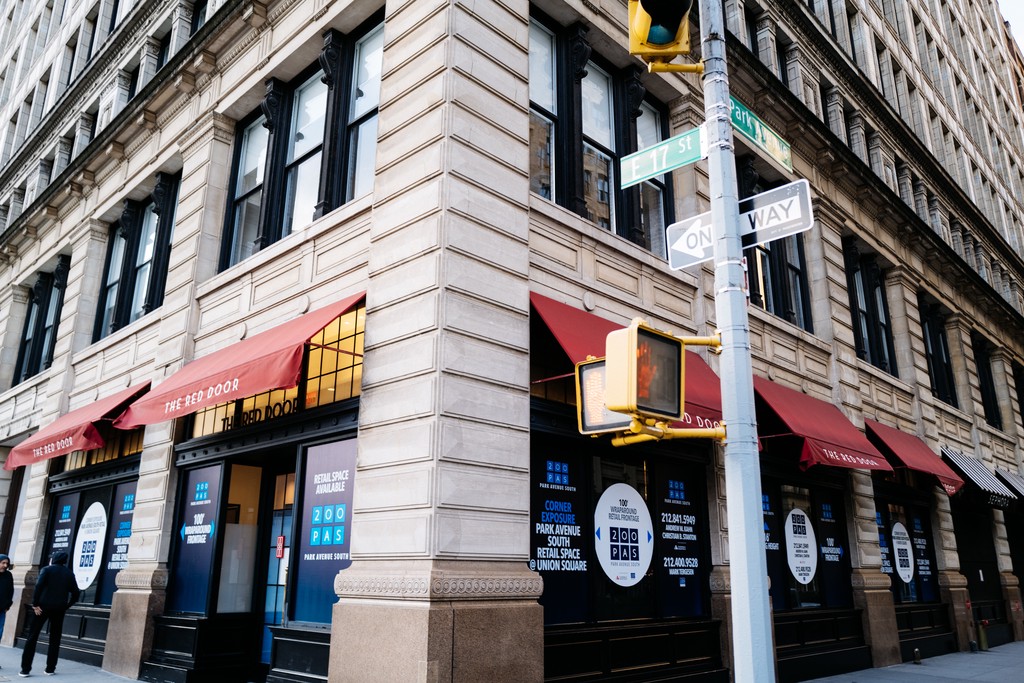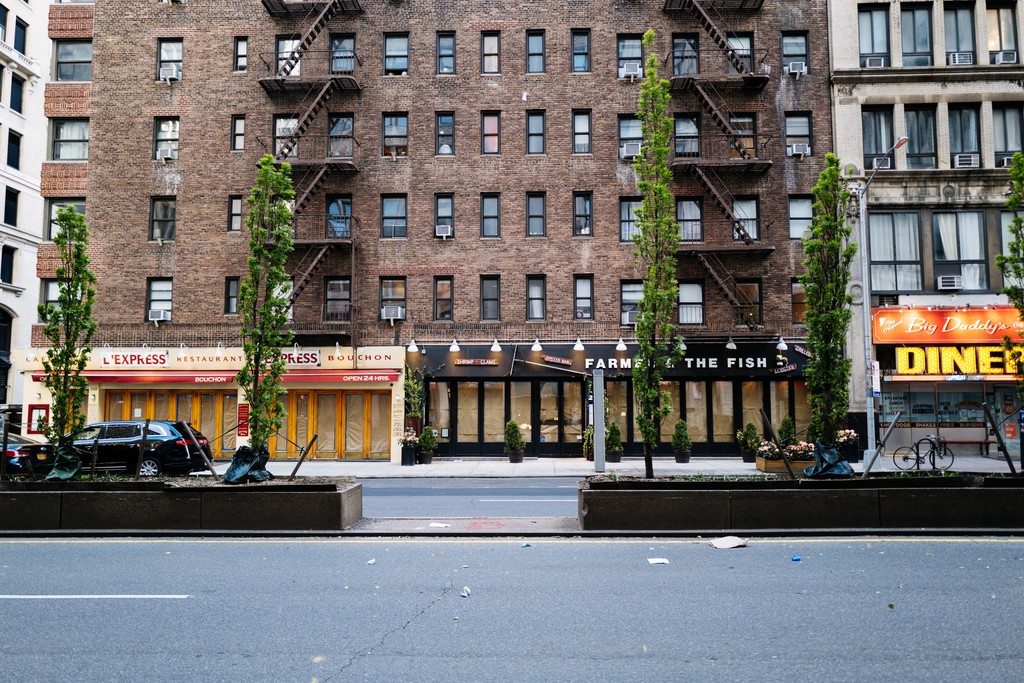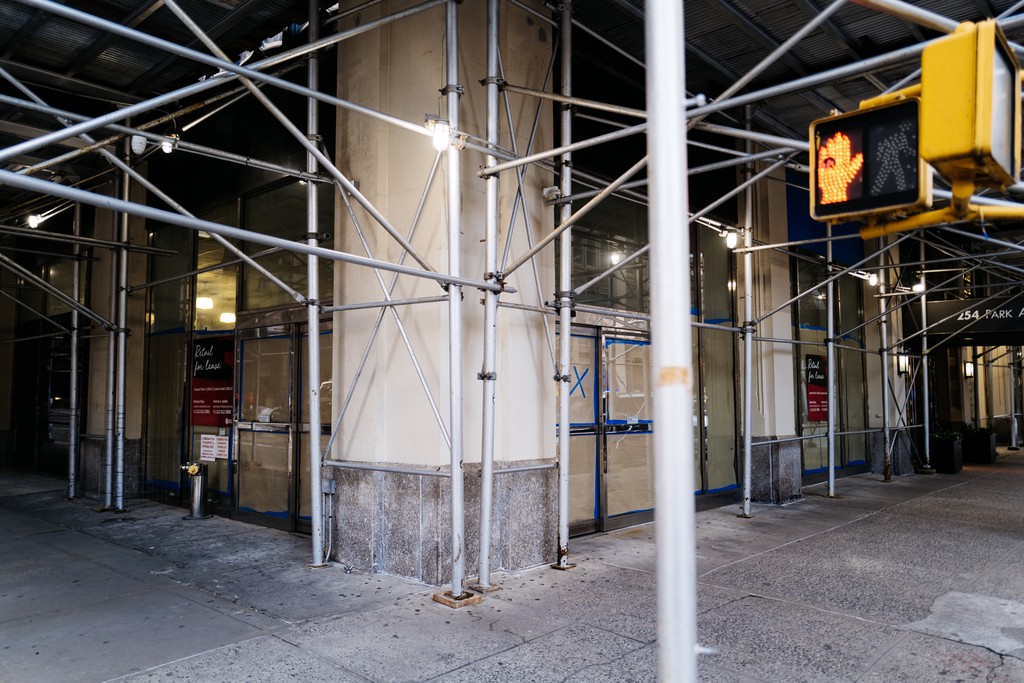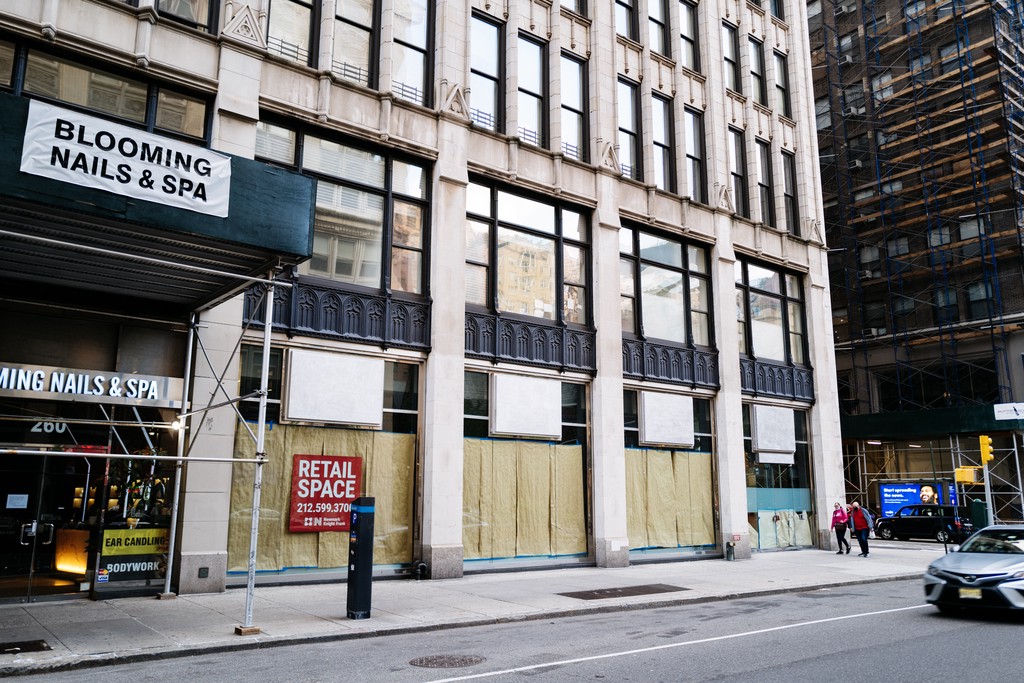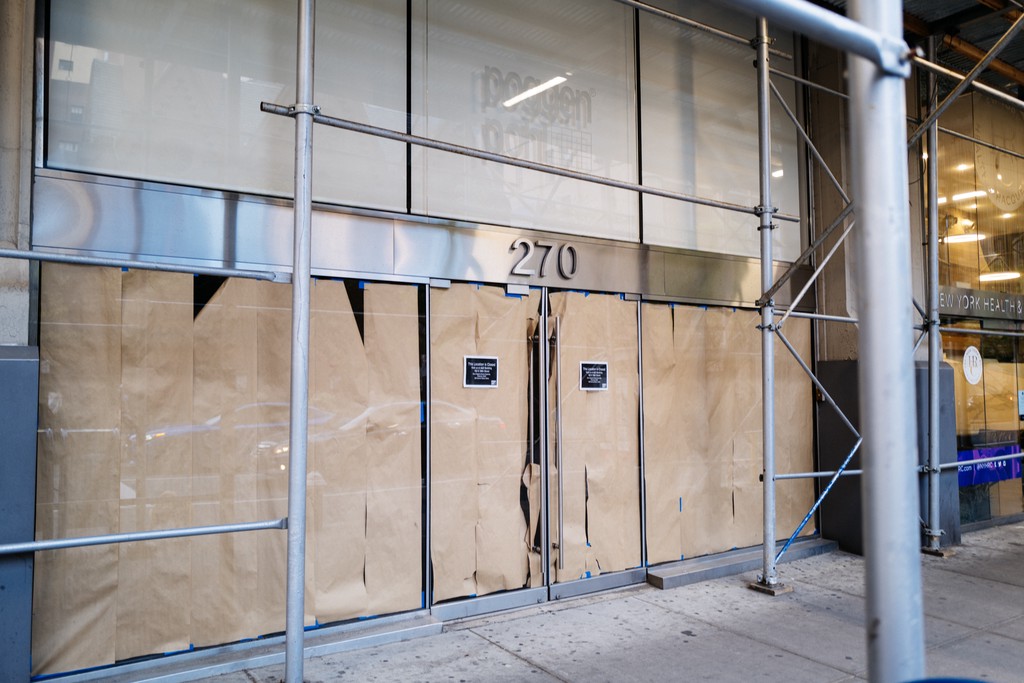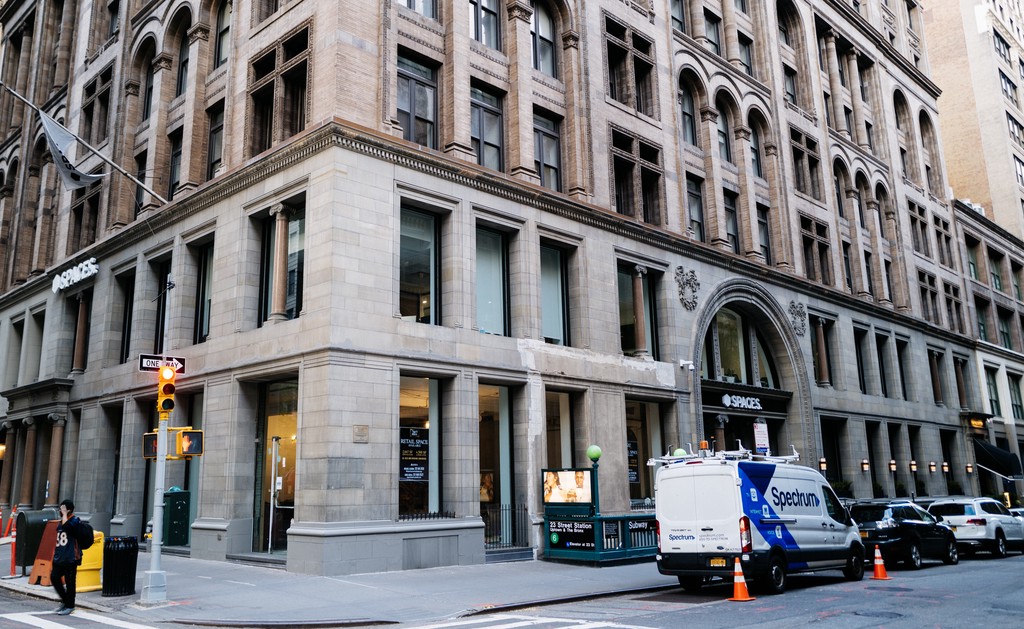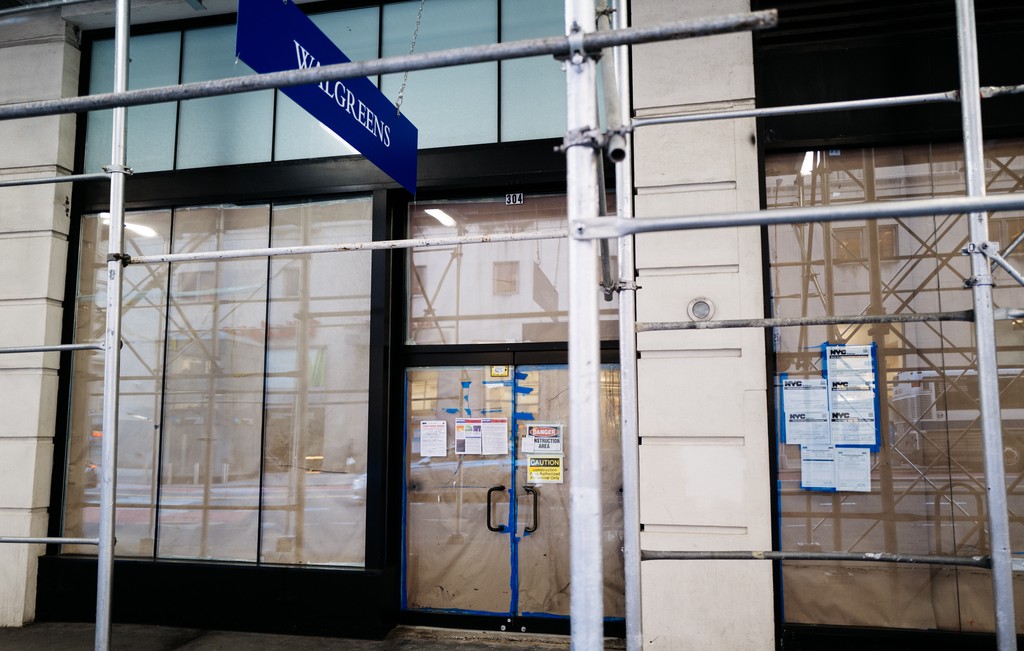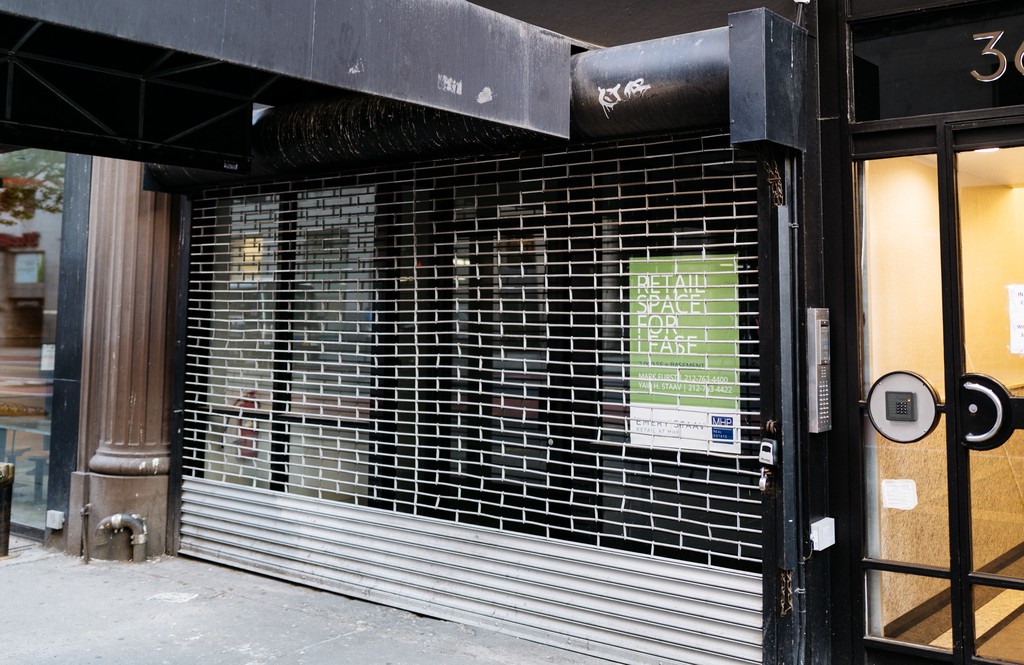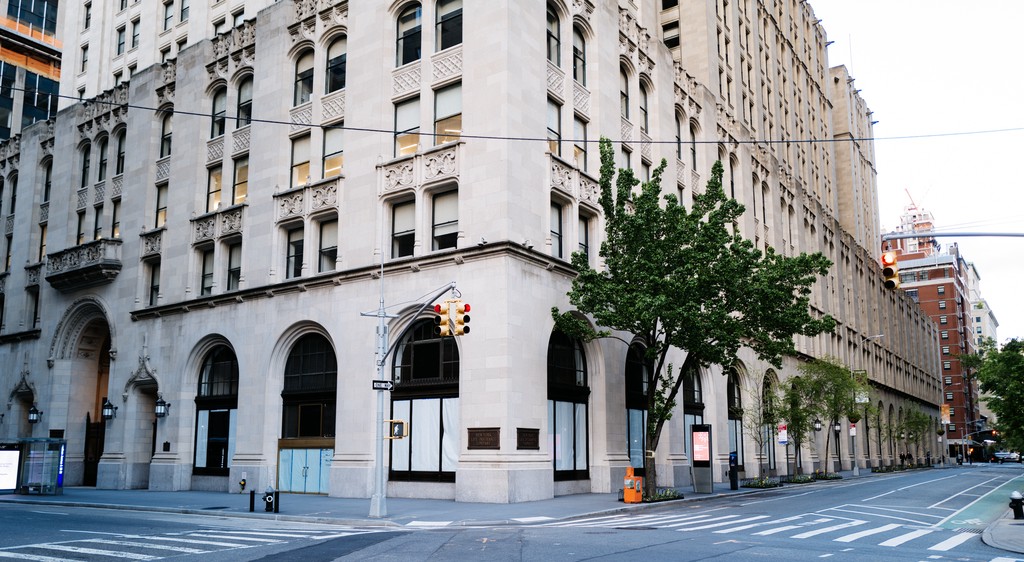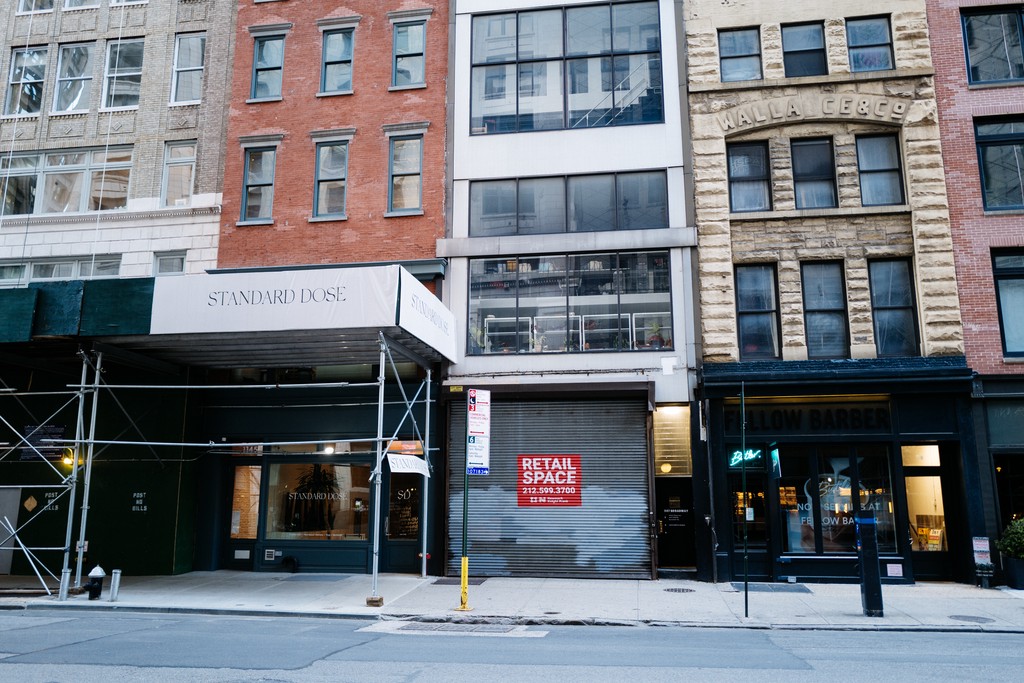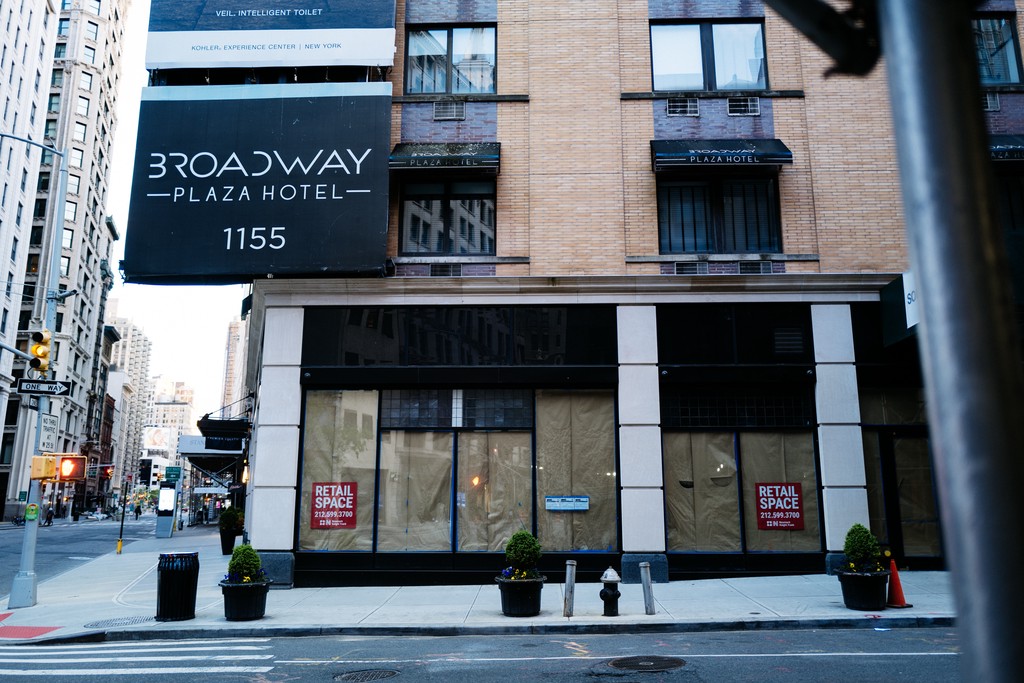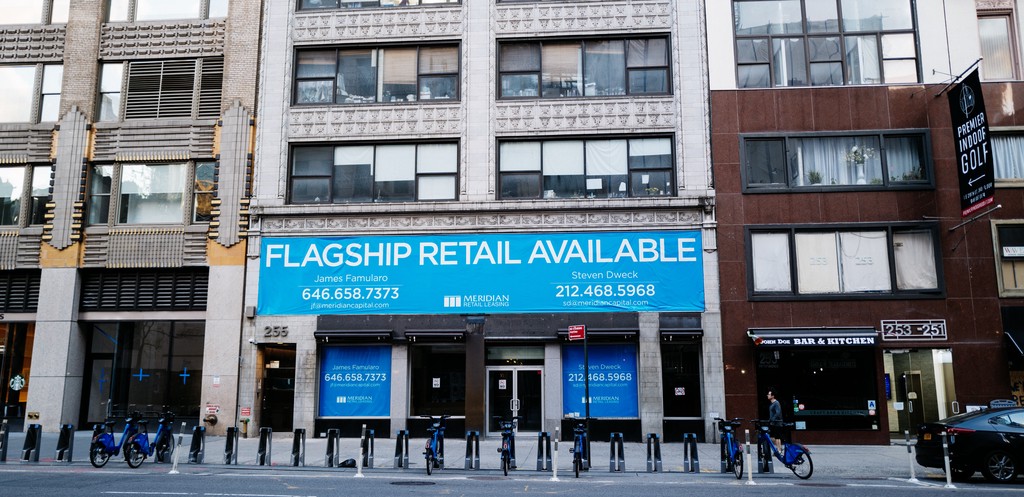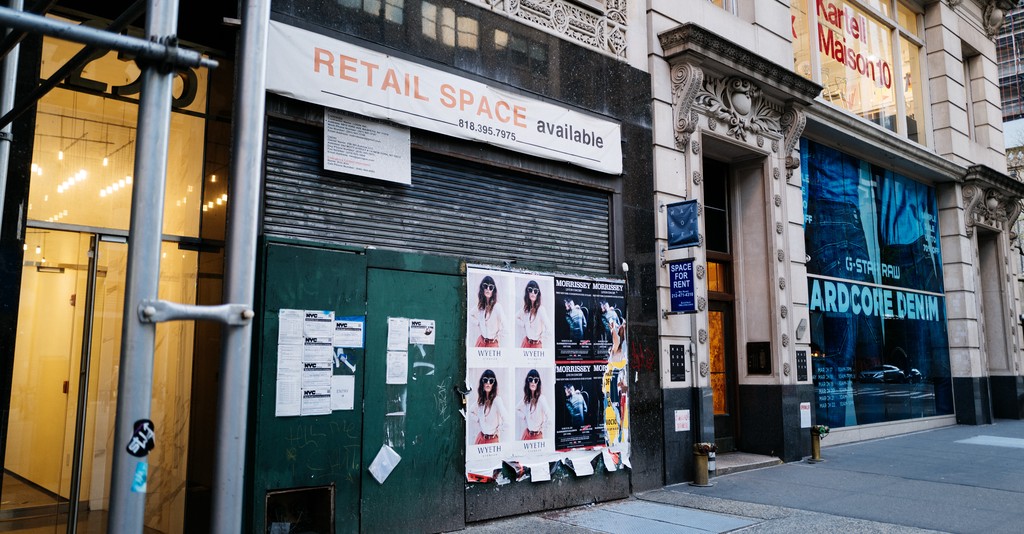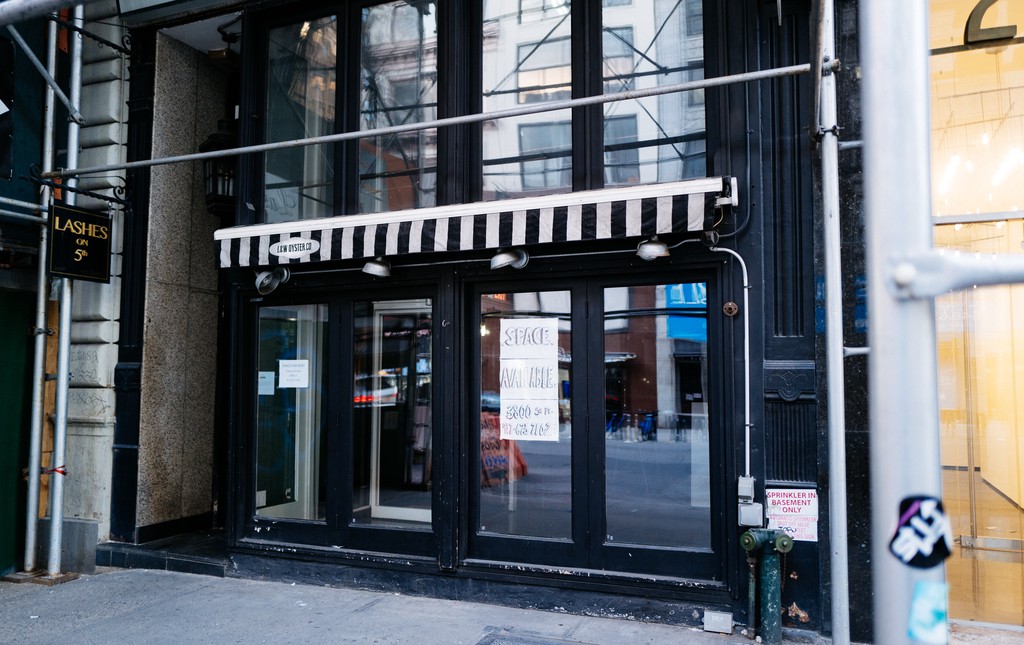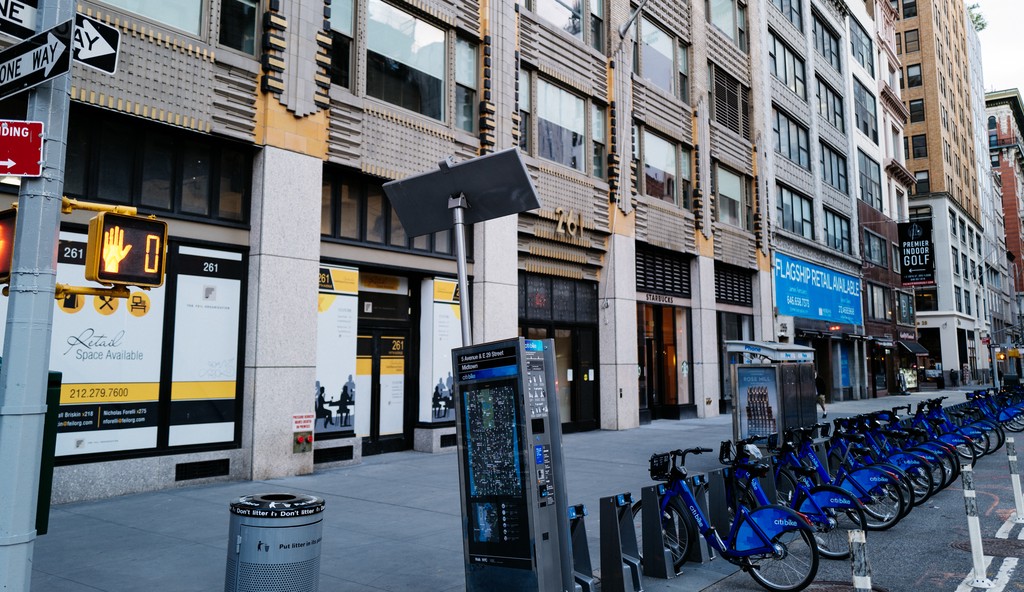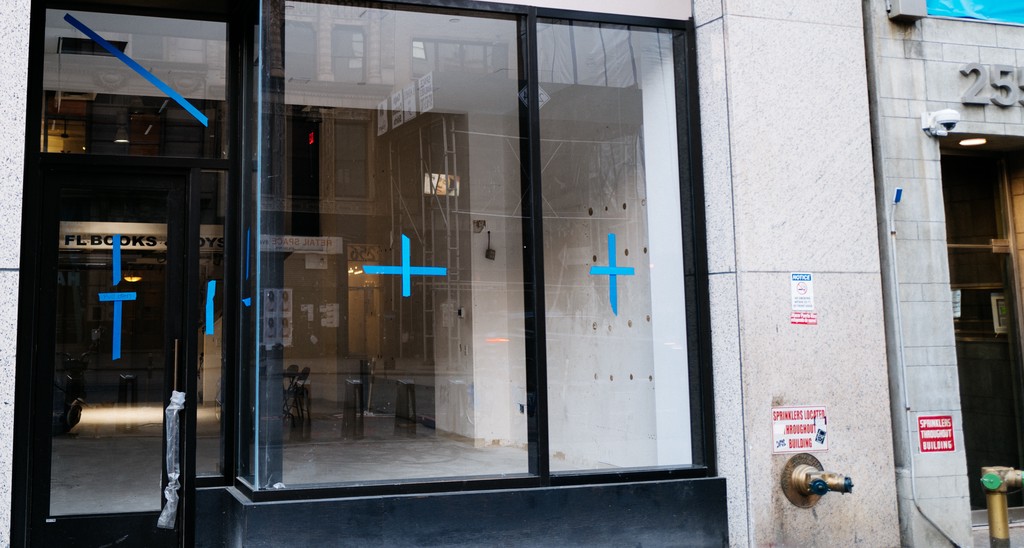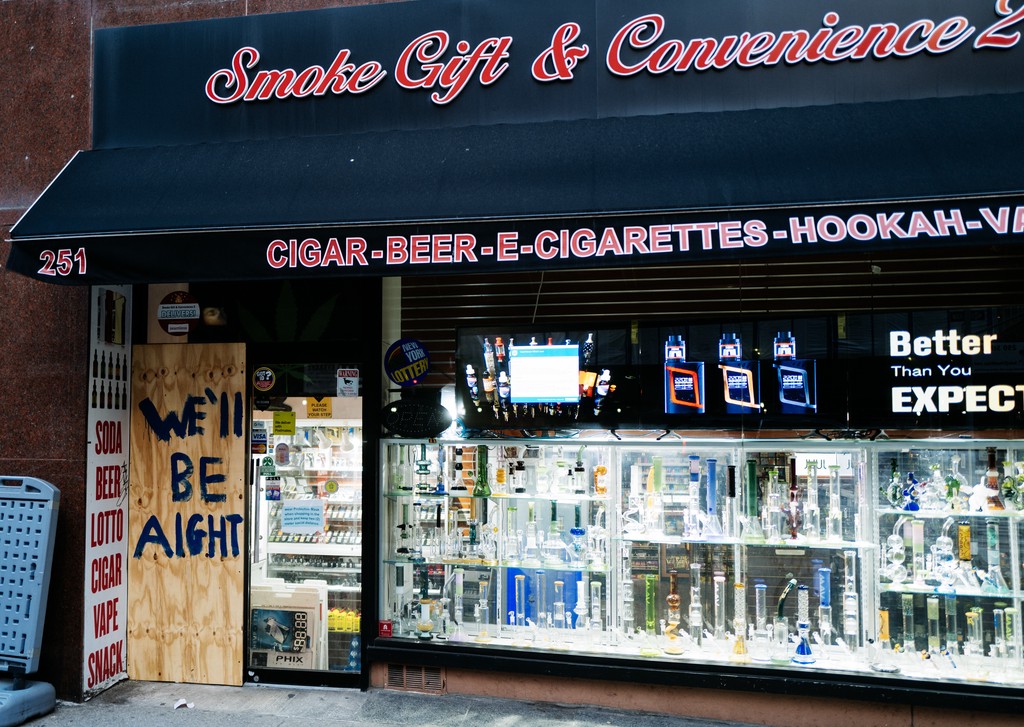The State of Commercial Real Estate in Manhattan (In Photos)
Over the past few weeks I’ve noticed an increase in commercial real estate vacancies around Manhattan, especially ground level retail. Tonight on my walk, I took some photos around Flatiron, NoMad, and Union Square. A few of these places were vacant before the pandemic began, such as the Belgian beer spot, but many are recent casualties.

The trend isn’t just anecdotal. According to data from CBRE, Manhattan’s retail vacancy rate reached 12.1% in Q1 2020, up from 8.3% at the same time last year1. This continues a pattern that had already been developing due to e-commerce competition, but has accelerated dramatically in recent months.
I have a short position on REM with the expectation that real estate (especially commercial real estate) is in for a big price correction. Carl Icahn has also talked about this, noting that the commercial mortgage market is on the brink of collapse.
What’s particularly concerning is that commercial real estate tends to lag behind residential in terms of price corrections. While residential real estate can adjust quickly to market conditions, commercial properties often have long-term leases that mask underlying problems until they suddenly emerge all at once.
The crisis facing retail isn’t just about the pandemic—it’s an acceleration of a structural change that was already underway. Traditional retail has been struggling with the rise of e-commerce for years. U.S. e-commerce grew by 14.9% in 2019 alone2, and many brick-and-mortar retailers were already operating on thin margins.
As they say, a picture’s worth a thousand words. The following photos were taken during my evening walk and show the extent of vacancies in what were previously some of Manhattan’s most desirable retail corridors:
Some experts predict that we’ll see a reimagining of these spaces in the coming years. Vacant retail might convert to fulfillment centers, experiential venues, or healthcare facilities. Others may simply remain empty until landlords accept the new market reality and reduce rents significantly.
What’s clear is that the Manhattan streetscape is changing before our eyes, and the commercial real estate market will need to adapt to a very different future than the one investors had anticipated even a year ago.
